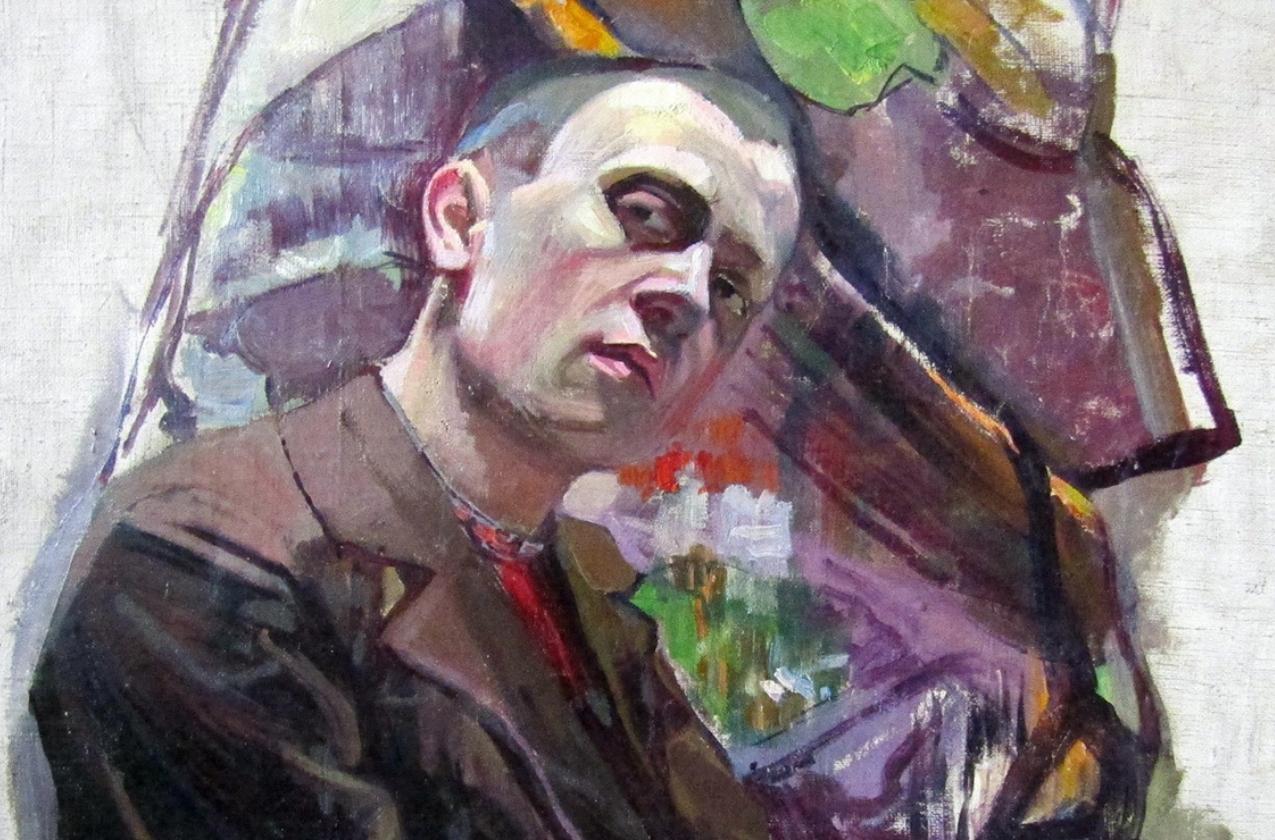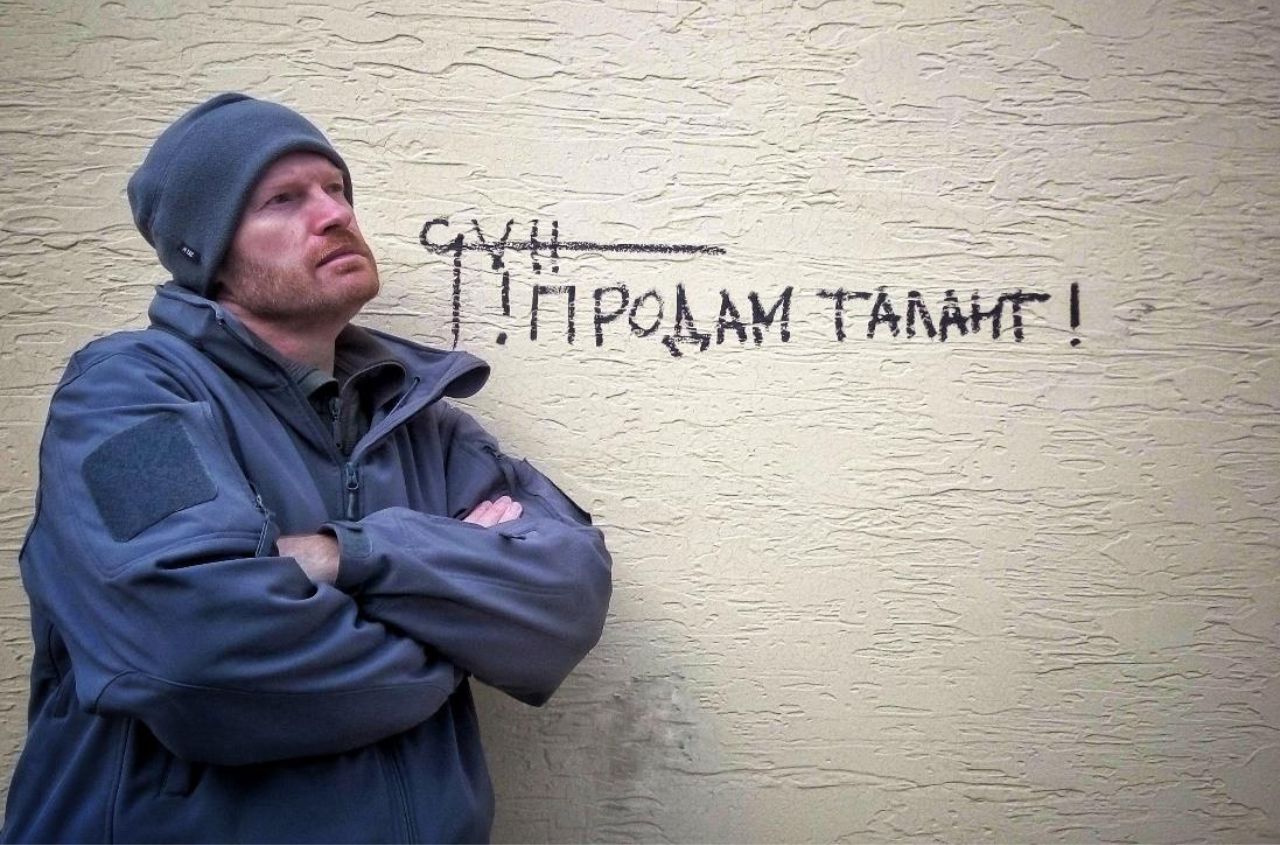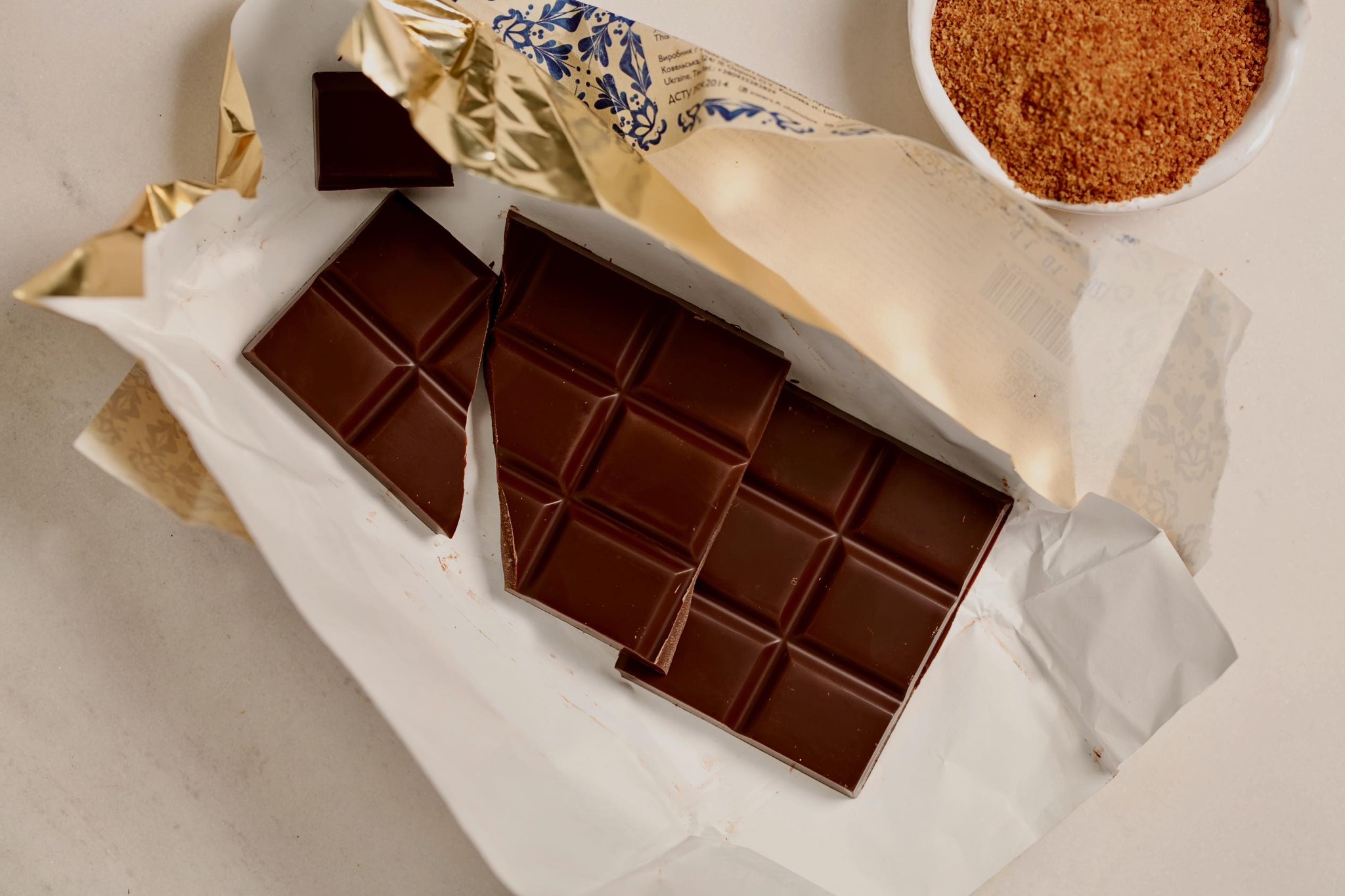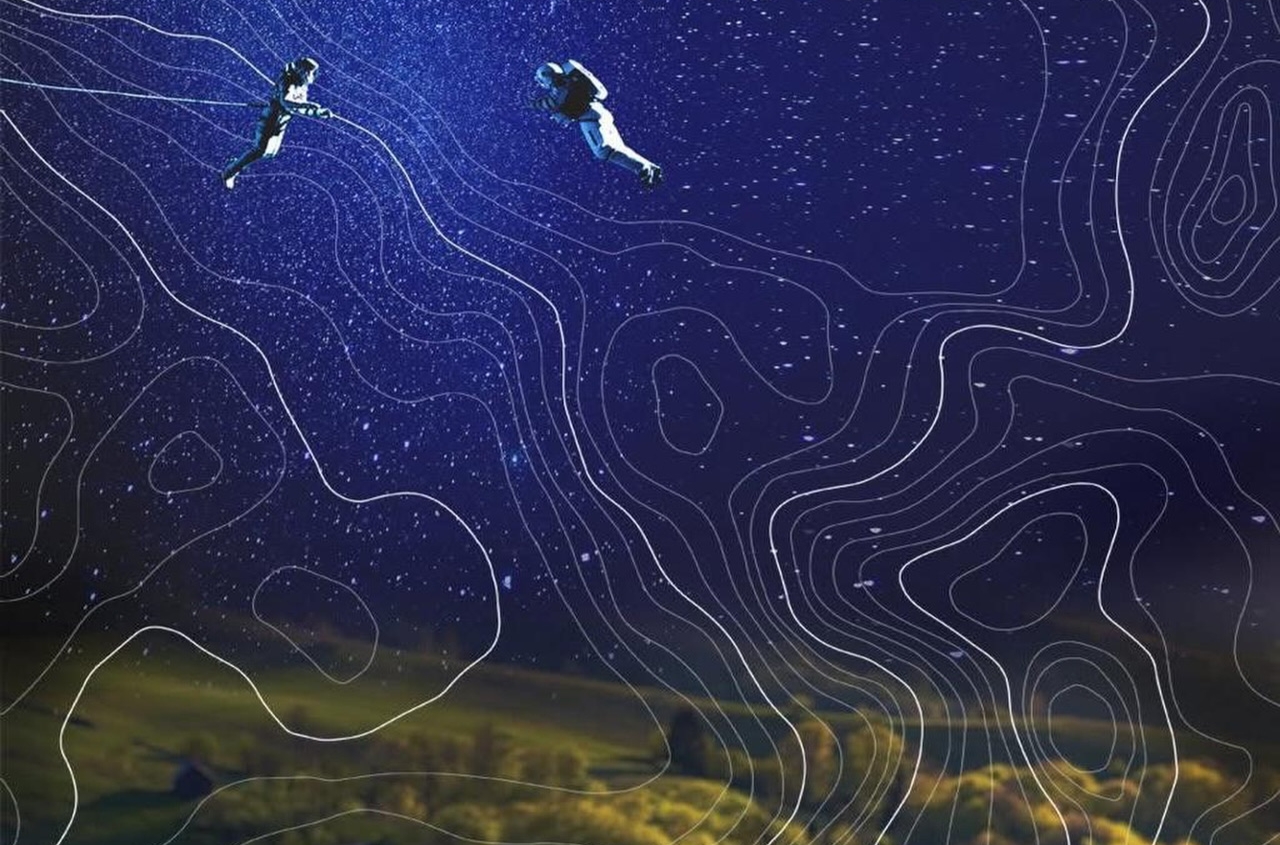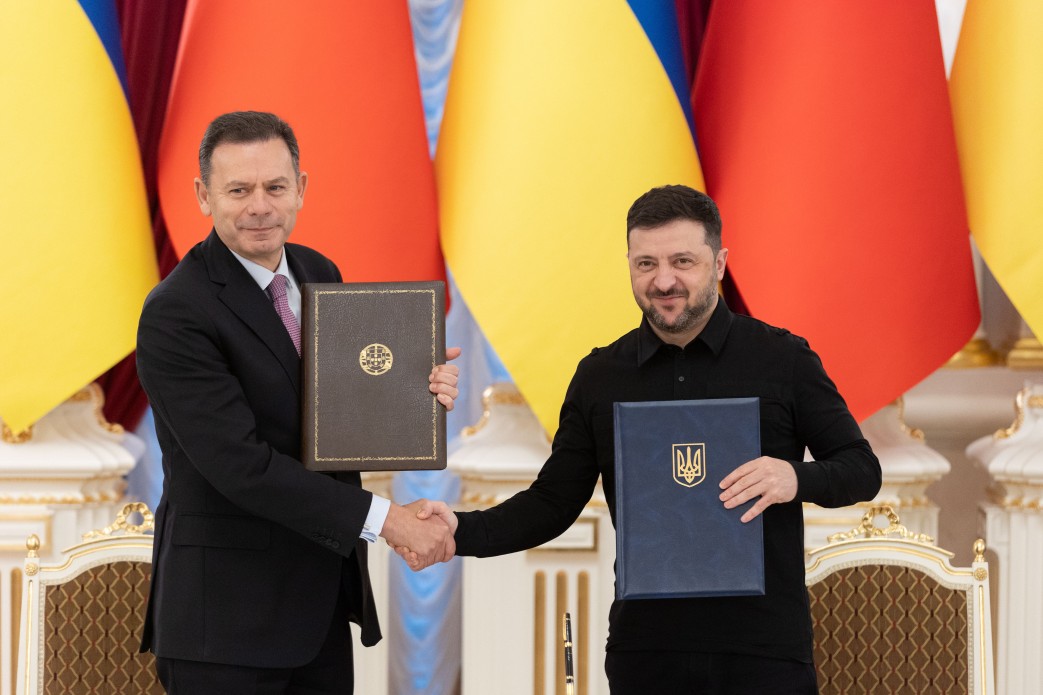An extraordinary personality with diverse preferences: Ukrainian artist, painter, graphic artist, ceramist, novelist, poet, playwright, storyteller, critic, translator, teacher. For almost 40 years, Mikhail Zhuk's work has been closely associated with Odessa (from 1925 to 1964). Here he taught and was vice-rector of the Art Institute.
The career of artist Mykhailo Zhuk evolved during the dynamic period at the turn of the century and spanned both pre revolutionary and contemporary Ukrainian art.
A painter, book illustrator, graphic artist, and deÂsigner of ceramics, Zhuk left behind an impressive gallery of portraits of contemporary cultural figures and those from the past. The artist’s world outlook was greatly influenced by Ivan Franko, Lesya Ukrainka and Mykhailo Kotsiubynsky.
Along with other leading realistic artists, he was part of the committee that organized the Academy of Fine Arts in Kyiv; was instrumental in the creation of the Muzaget journal of literature and art; and taught at the Odessa Art Institute, later reorganized into the Odessa Art School.
Mykhailo Zhuk was born in 1883 in the town of Kakhovka into the family of a worker. His family moved to Kiev in search of a steady income, and there, Mykhailo entered Mykola Murashko’s school of drawing in 1896 where his tutors were noted Ukrainian artists Mykola Pymonenko, Hrihory Dyadchenko and Ivan Kosyachenko.


Upon graduation in 1899, he went on to the Moscow School of Painting, Sculpture and Architecture. But his studies in Moscow were short-lived. Between 1900 and 1904, he continued to pursue an education in art at the Academy of Fine Arts in Krakow, graduating with a silver medal and a double major in portraiture and monumental fresco.
At the Academy, Zhuk studied under Jozef Mehoffer, Jan Stanislawski and Stanislaw Wyspyansky. Zhuk’s enthusiasm for folk ornament stemmed partly from the profound influence Wyspyansky had on his young student.
While still at the Academy, Zhuk exhibited at the Autumn Salon in Krakow in 1904 and in the same year had a one-man show in the City Museum of Kyiv after returning there. Generally, the style of the works shown at the exhibitions was strictly academic, but this did not keep them from revealing traces of the author’s original idiom. His Portrait of Father and Portrait of a Woman show an exquisite mastery of charcoal, with touches of pastel to enhance the expressiveness of the outlines.

Zhuk continued to improve his mastery of oils and also worked quite a lot in graphics. Like artists Ivan Bilibin and Heorhiy Narbut, he strove to improve the state of book illustration. Zhuk introduced elements of Ukrainian folk ornamentation into book design and limited his colour range, resulting in a decorative touch. In 1904, he executed sketches for the anthology 30 of the Finest Ukrainian Songs. Harmoniously comÂbining the accomplishments of the European graphic arts with the traditions of Ukrainian folk painting, Zhuk used the vocabulary of the graphic art to convey the poetic imagery of folk songs.
Upon returning home, Zhuk settled in the town of Chernihiv where his father had been exiled for his part in the revolutionary activities that took place in Kyiv. In Chernihiv, he joined the circle to which writÂer Mykhailo Kotsiubynsky, composer Mykola Lysenko and artist Mykola Voronyi and many other Ukrainian cultural figures belonged. Zhuk developed especially strong ties with writer Mykhailo Kotsiubynsky whom he respected as an outstanding social and cultural fiÂgure. This friendship played a great part in the devÂelopment of Zhuk’s manifold talents. His short stories and poems were published in magazines and newspaÂpers, and in 1912, his poetical anthology The Songs of the Land. Kotsiubynsky commissioned the artist to create the cover of his book The Shadows of Forgotten Ancestors. In this work Zhuk turned to the symbolism typical of his early works.

It is beyond doubt that the portraits by Mykhailo Zhuk are quite interesting in their own right and as part of Ukrainian art as a whole. Philosopher and writer Gregory Skovoroda, poet and artist Taras ShevÂchenko, writer Ivan Franko, poetess Lesya Ukrainka, author Ivan Nechuy-Levitsky, writers Marko Vovchok and Vasyl Stefanik, composer Mykola Lysenko, artist Mykola Voronyi, writer Mykhailo Kotsiubynsky, artists Porfiry Martinovich, Fedir Krychevsky, Oleksa Novakivsky, Heorhiy Narbut, and Olexandr Murashko — these are only some of the people with whom Mykhailo Zhuk felt a spiritual affinity and whose portraits he painted. Mainly half-length portraits done from various angles, they owe their dynamism to a graphic expressiveness of form and a profound characterization; and though they possess a good measure of generalization, the treatment focuses on an “accurate†rendering of the models’ features. The inner state of the models is clearly conveyed to a large extent by the background elements symbolizing the models’ oeuvre.
The techniques Zhuk used were quite diverse. Thus, in the portrait of pioneering stage-director Les Kurbas (1919) Zhuk used geometrical figures common to cubÂism; yet, in contrast to many cubists, his geometry built rather than destroyed form, revealing its strucÂture. Zhuk used cubism to portray life realistically and employed many techniques: pastel, water-colours, penÂcil, gouache, oils, and mixed techniques. In 1925 he did a series of colour lithographic poster portraits of the Ukrainian classics from 18th century philosopher Gregory Skovoroda to the greats of the 20th century. Intended for libraries, reading halls and schools, the portraits were of one size and similar composition, with clear-cut and somewhat generalized facial feaÂtures and ornamentalized landscapes for backgrounds.

The diversity of Zhuk’s creative interests is evidenced by the fact that he used folk art motifs: he made a thorough study of folk ornamentation, creatÂed his own designs, and used them to decorate munÂdane objects. He decorated fabrics and designed ceramÂic ware in the folk manner. A series of landscapes, stylized flowers in still-lifes, decorative panels, etc, show his profound understanding of folk art. His panÂels White and Black (1912), A Fairy Tale (1914), and Chrysanthemums (1919) attract the viewer by the beauty and sonority of their colour combinations, musicality of compositional rhythms, and the subtle stylization of plant forms that does not stifle the immediacy of the perception of nature.
The artist devoted much time to book design, workÂing on children’s books he wrote himself. He turned to elements of folk carpet-making for Grits’ Years of Schooling by Ivan Franko. We also come across moÂtifs of carpet-making in other works by the artist: The Agricultural Calendar of Chernihiv Region and the Newsletter of the Chernihiv Gubernia Committee Office of the Communist Party of the Ukraine (both 1922). Zhuk’s political posters of the 1920s made extenÂsive use of the symbolism of decorative folk arts to promote socialist ideas.

In 1920 Mykhailo Zhuk turned to xylography for a series of portraits of political leaders and cultural figÂures. Among them is the Ukraine’s first portrait of Karl Marx, a founder of scientific communism.
Zhuk’s efforts to design a modern Ukrainian typeÂface were also fruitful. Zhuk modelled his typeface on the traditional Old Slavic one. The first use of Zhuk’s typeface was for the cover of the guide-book of the Old Odessa Architectural Museum.
In the autumn of 1925 Zhuk was offered tenure as a professor and head of the graphics studio at the Odessa Art Institute, so he moved to Odessa and taught lithography. Under his direction, the vigourous study and teaching of folk art began at the Institute. Zhuk saw one of his goals as training skilled artists well-versed in folk arts. Zhuk’s principles as an educaÂtor have stood the test of time and they are valid even now.
In 1925, a textiles department was opened at the Odessa Art Institute, and in 1928, a majolica departÂment came into being that in time evolved into a ceramÂics department with Zhuk at the helm. Zhuk sought to revive the traditions of Ukrainian folk ceramics and to integrate them into the life and architecture of his day. Artistically, his designs were in a very good taste both in terms of the colour scheme and the selection of the elements of decor. They were largely stylized floral ornaments executed in a variety of meÂdiums: stencilling, printing, manual painting, etc.


Zhuk’s work as an artist and educator was interÂrupted by the Second World War. After Odessa was occupied by the Nazis, Zhuk made an attempt to conÂtinue at his job at the art school. Yet his refusal to paint the portraits of the king and queen of Romania cost him his job. Together with his friends, he started clandestine work to preserve artistic treasures which were handed over to the Soviet State after the libeÂration.
Immediately upon the liberation of the city, Zhuk resumed his job at the art school. Assisted by his pupils, he re-built the ceramics workshop, furnaces, and potter’s equipment.
In 1955 the Odessa Art School marked the 30th anniversary of Zhuk’s work as an artist and educator. He was invited to meetings and gatherings where he reminisced about writers Mykhailo Kotsiubynsky, Ivan Franko, Lesya Ukrainka, and composer Mykola LyÂsenko.
Zhuk’s last works are dated 1949. They are mainly sketches of ceramics, many of which equal the finest examples of today’s ceramics.
Gravely ill and bedridden during the last years of his life, Zhuk preferred to write literature: memoirs, verses, and translations. In his literature an honorable place was given to Odessa, its heroic past and, of course, the sea.
Mykhailo Zhuk died on June 8, 1964, at the age of 81. His oeuvre was innovative, searching, and engagé.

Source: Ukrainian Art Library









